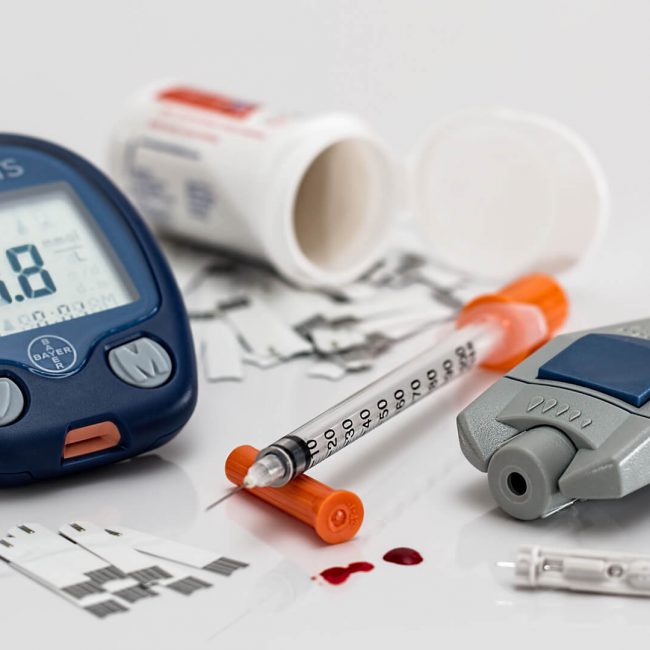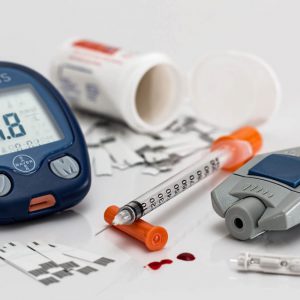The Lipid Panel with HDL:LDL Ratio is used to evaluate a person’s cholesterol levels. Cholesterol contributes to a variety of functions in the body such as the production of hormones which are essential for growth and reproduction, the development of cells in tissues and organs throughout the body and the absorption of nutrients from the food you eat.
A Lipid Panel is often ordered as a general health screening to see if someone has unhealthy cholesterol levels which can contribute to heart disease or events like heart attacks or stroke. This test is also useful for monitoring people who are being treated for high cholesterol.
An optimal level of non-HDL cholesterol is less than 130 milligrams per deciliter (mg/dL), or 3.37 millimoles per liter (mmol/L). Higher numbers mean a higher risk of heart disease.
To calculate your cholesterol ratio, divide your total cholesterol number by your HDL cholesterol number. So if your total cholesterol is 200 mg/dL (5.2 mmol/L) and your HDL is 50 mg/dL (1.3 mmol/L), your ratio would be 4-to-1. Higher ratios mean a higher risk of heart disease.



